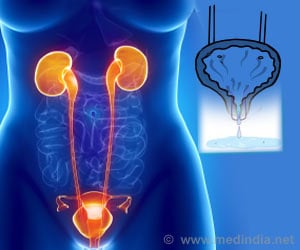The Madras Diabetes Research Foundation (MDRF), in collaboration with the U.K.-based Oxford Brookes University, has opened a new Glycemic Index Testing Centre in Chennai.
The Madras Diabetes Research Foundation (MDRF), in collaboration with the U.K.-based Oxford Brookes University, has opened a new Glycemic Index Testing Centre in Chennai.
For the people of the city that subsist on rice and its products, this is a significant development. For now scientific testing methodology is generating enough substantiation about the Glycemic Index (the metabolic speed at which food is converted into blood glucose) to prompt a serious analysis of the Indian diet.The new centre will analyze some of the most common foods for their GI value. The direct purpose will be to collect a GI database for common foods, “the way they are cooked across Indian households,” provide GI evaluation training for clinical nutritionists. This will help people make informed choices about the food they eat.
This centre will contribute critical inputs to the national nutrition policy, similar to what is now happening only in Australia.
V. Mohan, MDRF president says that the effort is not to malign rice or any other traditional food choice but it will help to identify the right diet scientifically. This knowledge can be useful in charting a holistic treatment plan, especially for diabetes patients.
“The role of GI in influencing the diabetic status of patients is well known. Now, we have a method to make a more accurate correlation,” said Jeya Henry, Head of Food Science and Nutrition, Oxford Brookes University. Dr. Henry said there was a clear need to gather empirical data on the GI value of Indian foods, both because of their being a totally unknown entity, and of the changes, such as milling technology, that had robbed food grains of their essence.
He pointed out that in the typical Indian diet, carbohydrates formed the bulk of calories and the fiber came from unrefined carbohydrates from whole cereals. But the milling technology, along with the need for longer shelf-life, led to the popularizing of highly refined carbohydrates such as polished cereals and finely ground flour that evoked much higher glucose responses.
Advertisement
The compilation of data will be difficult as across the country people have multiplicity of cuisine and different ways of cooking, Sudha Vasudevan, research nutritionist, MDRF, said this giving an example of an Idli where the proportion of urad dal and rice is not the same in each house hold.
Advertisement
The basic-level testing facilities set up at the MDRF would to begin with screen 10 general foods of South India for their GI value.
According to the international testing protocol, foods have a low GI if the value is less than 55, and high GI if the value is above 70.
According to Helen Lightowler, a nutrition expert at Oxford Brookes, it would take a couple of weeks to test a single food sample.
Source-Medindia
BIN/M











